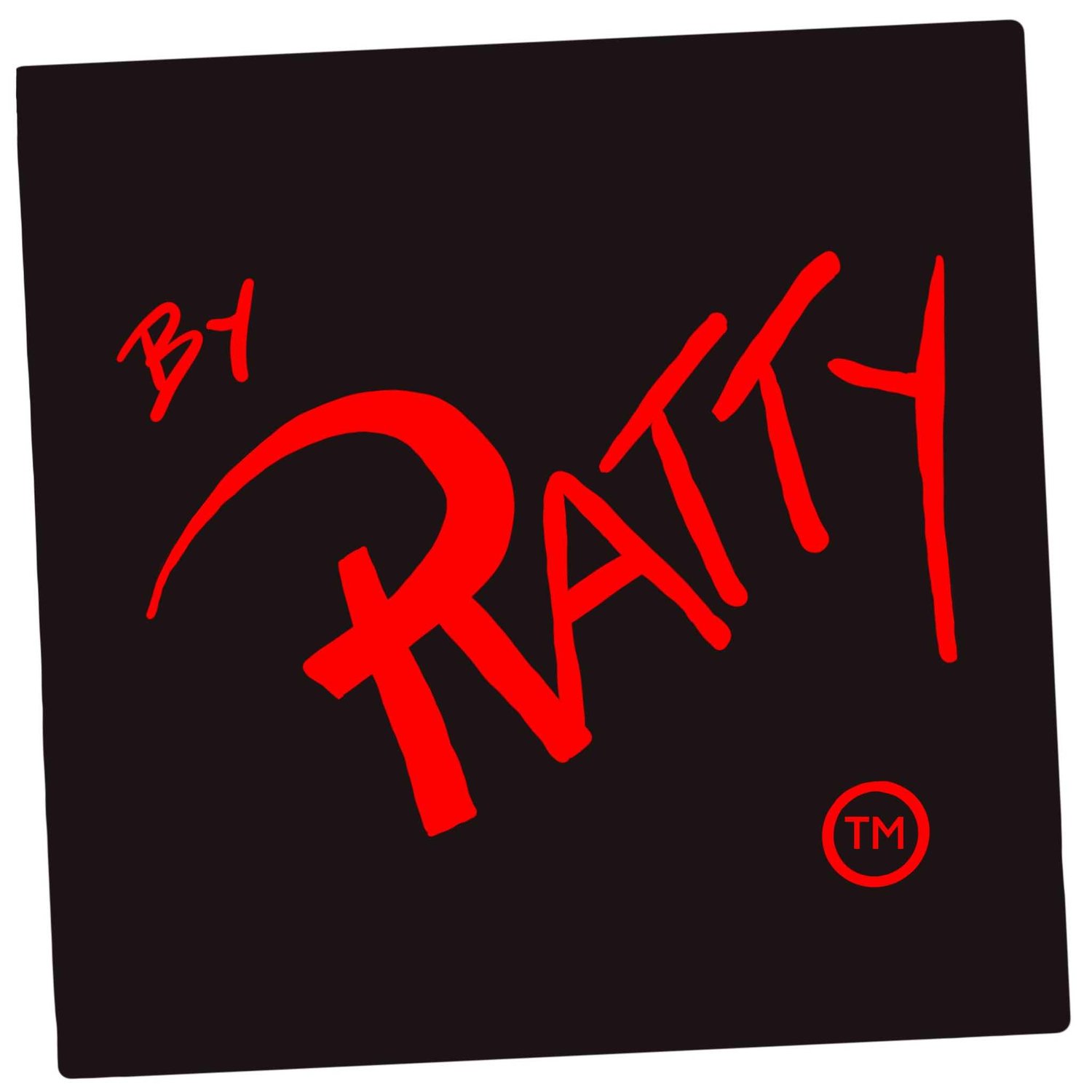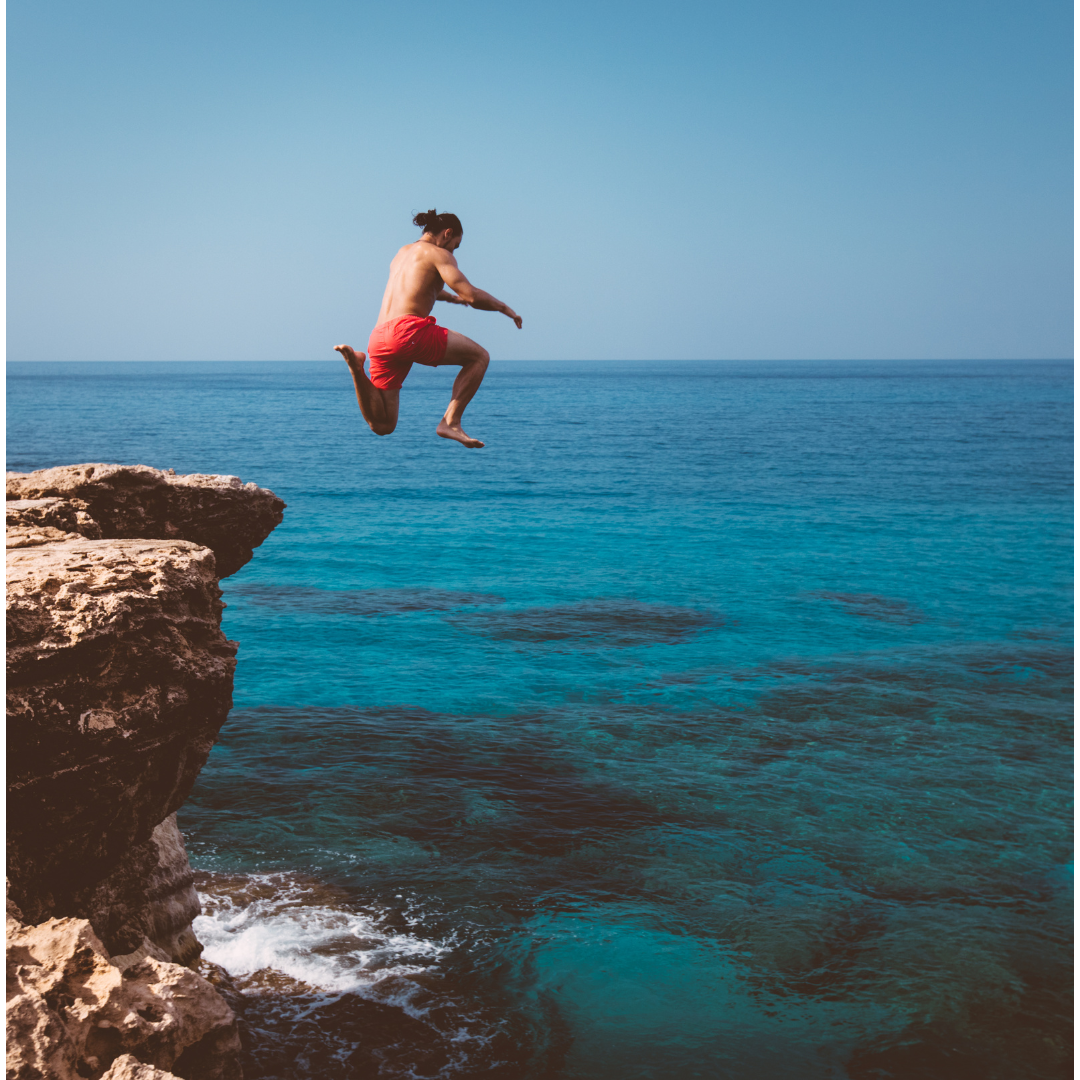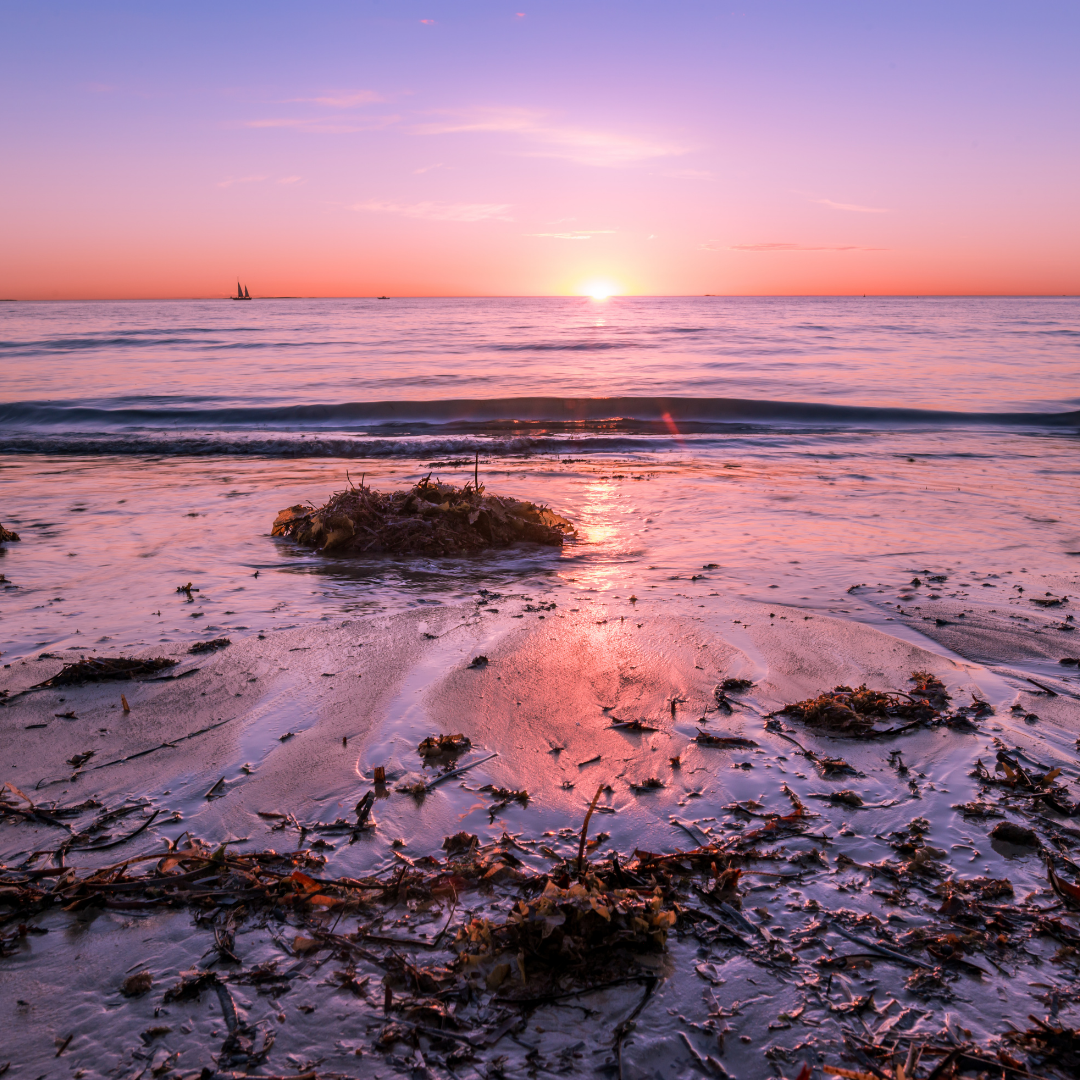We surfed a lot of beaches in Northern New South Wales. By this time our game plan and routine were always the same. On the bad weather days, we would travel, heading towards the next most promising surf spot. We would aim to arrive there at night, pulling into the local pub (hotel) car park above the surf break and spending the evening drinking and playing pool while eliciting any information we could from the locals. By ten or eleven pm we would stagger back to the bus and set our alarms for first light before crashing for the night. On most occasions, we would be the first in the water for our early morning surf, and by the time the locals turned up we would have a full understanding of the break conditions and how to best surf it.
The best way to mix with locals is to drink with them…
It was a standard routine over the weeks and months that followed, which was occasionally broken by the odd park ranger knocking on our door, in the early hours to move us on. (Most authorities do not like late-night strangers in their car parks) On most of these occasions however we just lay like mice in our beds, curtains drawn, pretending that the bus was empty! "I know you bast@rds are in there!" one ranger once shouted in frustration, in his Scottish accent, before storming off. CLASSIC DAYS.
When we think of surfing in the classic sense, we naturally think of the '60s. The Golden Era when surfing was still relatively young in Australia. In Japan, it is still young and has not gone, nor may ever go, mainstream. In the world today there are approximately 15 countries where surfing is truly world-class.
Some of these include…
California (USA), Spain, Indonesia, France, Micronesia, Mexico, Brazil, Portugal, Hawaii, Puerto Rico, Costa Rica, England, Australia, New Zealand, Philippines.
Some countries only have a few world-class breaks, others have many. Yet for each break, there is, there is the challenge of mastering change. Very few breaks produce identical waves to each other. Similar perhaps, but certainly not identical. Mastering change is woven into the very fabric of surfing.
So why is it that we humans have the tendency to resist change so strongly? Once we master something it’s easier to do, life is great, and we want those circumstances to continue. We want certainty, security, and the belief in ourselves.
Surfing is not like that.
Flow is an unceasing change. Every day brings new conditions, new types of waves, shifting sands, tides, swells, locations, board types, designs.
A local reef break may become somewhat predictable to a seasoned surfer, but that takes years and in most cases, he is moving around to different breaks within the same area. My point being surfers get subjected to nothing but constant change and so we have to be prepared for it, to face up to it, to accept it simply as the core part of what we do. It is this challenge, along with the absolute privilege of being connected to nature and each other that makes surfing so great.
Next Post: Smashing the boat!
長い旅の道中、俺たちはニューサウスウェールズ北部の数多くのビーチでサーフィンを楽しんだ。新しい地域に移るときはいつものルーチンが俺たちにはあった。
サーファーなら共感してもらえると思うのだが、まず必ずという言っていいほど悪天候の日に次なるサーフスポットへ移動する。ここで重要なのが現地に到着する時刻だ。俺たちは日が沈む頃を狙ってサーフブレイク近辺の地元の人たちが集いそうなパブの駐車場につけるようにした。そこで俺たちはお酒を飲みながらビリヤードをして、地元人からあらゆる情報を聞き出すのだ。22時か23時にはバスに引き上げて、朝日が上がる直前にアラームが鳴るようにセットして床に就くのが常だった。この作戦で俺たちは大抵の土地ではモーニングサーフを一番乗りで楽しみ、地元のサーファーたちが集まる頃には当日のブレークコンディションを熟知していた。
地元の人との交流にお酒は欠かせない!
これが数週間、数ヶ月と続いた俺たちのスタンダードなルーチンになった。しかし、このルーチンを邪魔するパークレンジャーが時々現れては早朝にドアをガツガツと叩いてバスを移動させるよう命令してくるのだ (残念ながら夜通し停めている車を取り締まる管理者もいるのが現実だ) こんな状況に追い込まれた時、決まって俺たちは沈黙を貫いて静かにベッドに横たわり、カーテンをかたく閉めて、バスの中の生命の有無を悟られないように隠し通すのだった!あるレンジャーはそんな俺たちに痺れを切らして「このやろう!中にいるのはわかってるんだぞ!」と捲し立てて、ついにはその場を後にした。若いって本当に無敵!
クラシックな時代のサーフィンといえば1960年代を想像される方も多いと思いますが、この時代はオーストラリアにおいてのサーフィンの黄金時代の始まりでした。日本ではまだ走り出したばかり、またスポーツの選択肢として王道に乗ることはないかもしれませんが、世界にはワールド級のサーフスポットが約15各国にもまたいで存在します。
カリフォルニア(アメリカ)
スペイン
インドネシア
フランス
ミクロネシア連邦
メキシコ
ブラジル
ポルトガル
ハワイ(アメリカ)
プエルトリコ(アメリカ)
コスタリカ
イギリス
オーストラリア
ニュージーランド
フィリピン
ワールドクラスのブレイクを一つだけ保有する国もあれば、複数ある国もあります。どのブレイクをとっても変化というチャレンジが常に付きまとい、同じブレイクを繰り返し作り出すことは稀(まれ)です。一見同じ様なブレイクを作り出す様に見えても、全く同一であることはないのです。この変化に対応する力がサーフィンというスポーツの根底にあります。
ではなぜ我々人類は変化に拒絶反応を示すのでしょうか?物事のやり方を習得するとスムーズに事が運ぶようになり、その状態が続いて欲しいと願うようになります。確実性、安心材料、そして自分の自信を誇示したくなるのです。
その点サーフィンは決定的に違います。
流れというものは変化を伴い、毎日新しいコンディション、新しい波、砂変化する砂、潮、うねり、ロケーション、ボードのタイプやデザインになるのです。
地元のリーフブレイクは毎年サーフしている人であれば慣れてくるでしょうが、これも長年の経験と別ロケーションのブレイクをトライした後に行き着く事ができる境地なのです。つまりここで私が言いたいのはサーファーとは常に変化と隣り合わせの人種でであるため、常に備えておく必要があるということです。サーフィンをとても素晴らしいものにしているのは、大自然と繋がれるという特権と日々のチャレンジなのです。
次の投稿:ボートを破壊する!





























